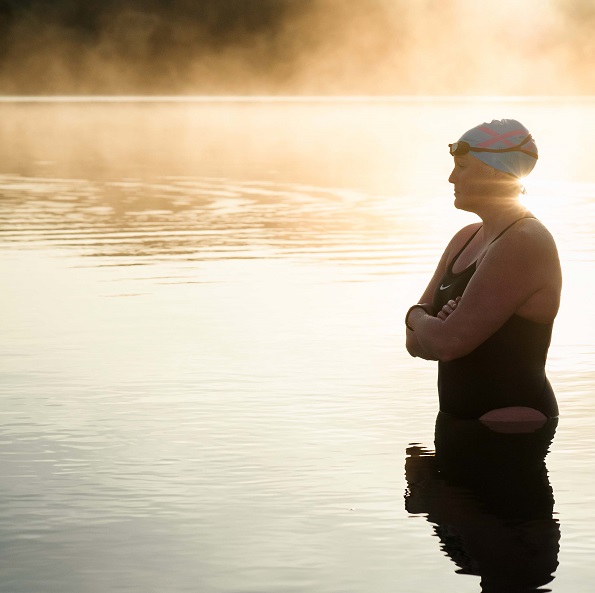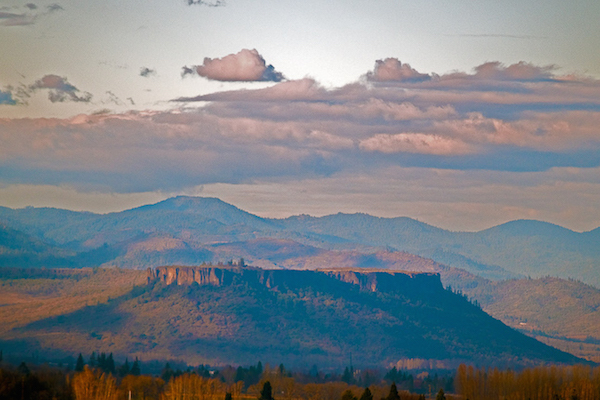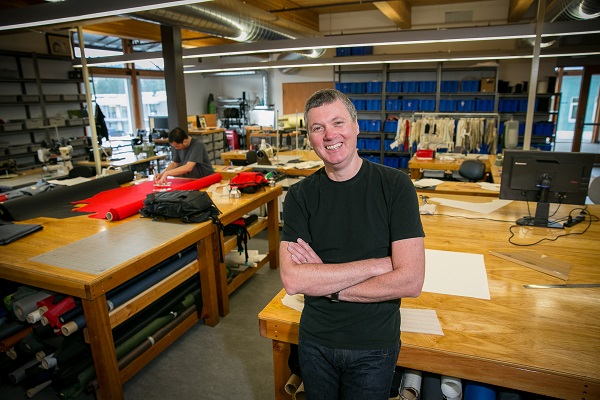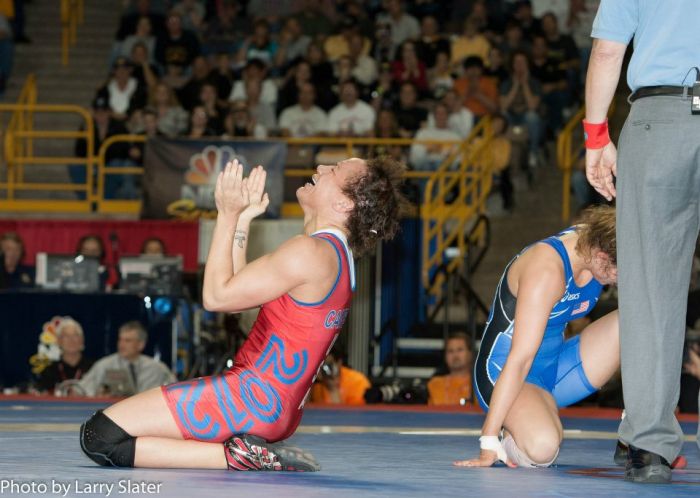SPORT | Marathon Swimming
HOMETOWN | Portland
AGE | 37
When did you start swimming long distances?
I transitioned to a pool distance swimmer around the age of 14. It was about this time that I started thinking about swimming the English Channel. I have heard this is pretty common for pool distance swimmers as the English Channel is considered the Everest of channel swimming. My first English Channel success came in 2007, and I was hooked on marathon swimming. Two days after completing that swim, I had already signed up for my next one.
Tell us some of your biggest accomplishments in the water.
I completed the Triple Crown of marathon swimming (English Channel, Manhattan Island Marathon Swim and Catalina Channel) in just more than one year after starting on the channel swimming journey.
Last summer, I became the first American to complete the Oceans Seven (English Channel, Catalina Channel, Molokai Channel, Cook Strait, Strait of Gibraltar, Tsugaru Channel, North Channel).
There are only four people to date who have completed this challenge. On this journey, I was able to set a few women’s records as well as an overall record for the notoriously challenging North Channel between Northern Ireland and Scotland.
What is a typical training week?
It is a pretty regimented lifestyle to be able to work full time to support my passion of marathon swimming. Typically I have to fit in around three days of technical swim and speed training in the pool. Then there are two to three long training days (three to eight hours, depending on where I am in the training cycle) that are either done in a pool or in open water.
I also do additional cross training that includes anything from weight training and pilates to yoga and land-based cardio.
Lastly, I incorporate shoulder and core exercises to keep those areas strong and healthy. I like to call this my “pre-habilitation” to ward off injuries.
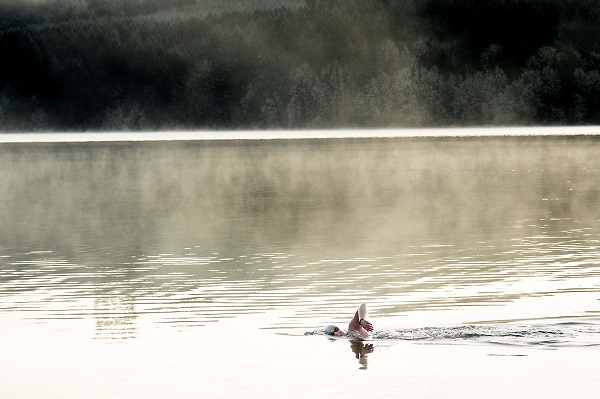
Photo by Aubrie LeGault
What are some surprises you’ve encountered while in open water?
To my knowledge, there hasn’t been a shark sighting on any of my swims. However, I have a rule with my crew that if I don’t need to know, don’t tell me, so I guess it is possible that there was a shark around.
Outside of sharks, I’ve had the unique experience of swimming with pilot whales, many types of dolphins and fish, seals, sea lions, stingrays, and more encounters with jellyfish and Portuguese man-owars than I care to count.
On a personal level, I’ve been surprised about what one can accomplish with a goal and a set plan to achieve it. If someone had said that I could swim for ten hours in 52-degree water without a wetsuit (wetsuits are not allowed in traditional rules of marathon swimming, only a standard swimsuit) while being stung constantly by jellyfish and would complete swimming the North Channel breaking a twenty-five-year-old record, I would have laughed at them. Now having done just that, I know that with a goal, plan and a lot of support from friends, family, and talented pilots and crew that I can really accomplish anything I put my mind to.
Tell us about your next adventure.
There are two marathon swims that can be completed on the island of Jersey in the U.K. Channel Islands. One is the Round Jersey circumnavigation swim which is around forty-one statute miles. The other swim is from Jersey Island to the Normandy coast in France, twenty statute miles.
My tide window for the Jersey to France swim is July 4 through 9, with the ideal date of July 7. And the tide window for the Round Jersey swim is July 12 through 18, with the ideal date of July 14. This means that I have to prepare for two very challenging swims within seven days of each other.


